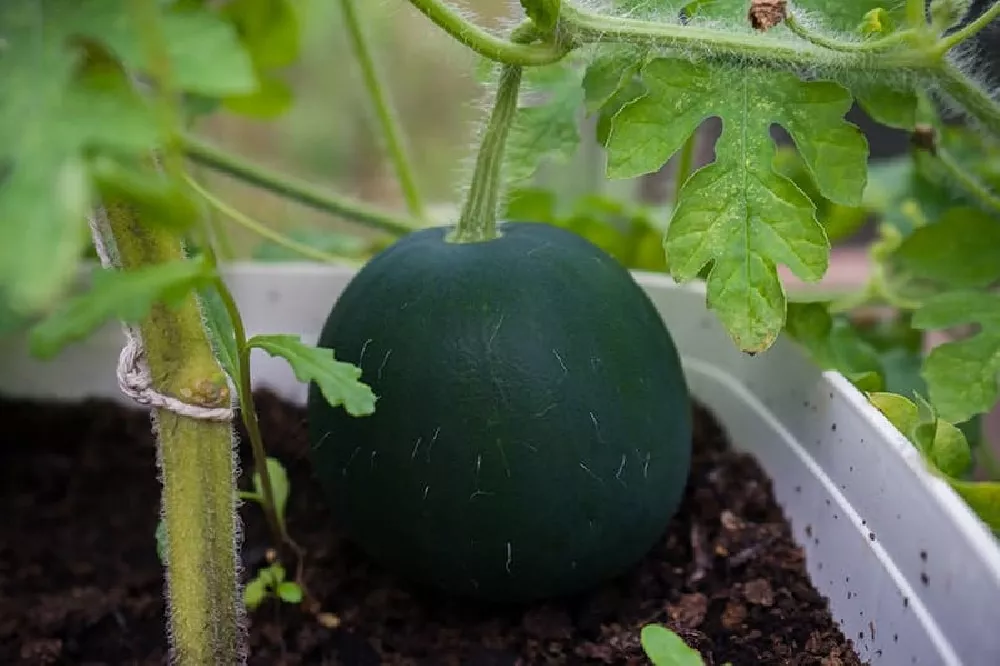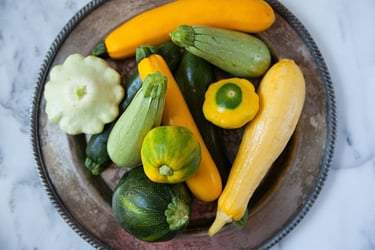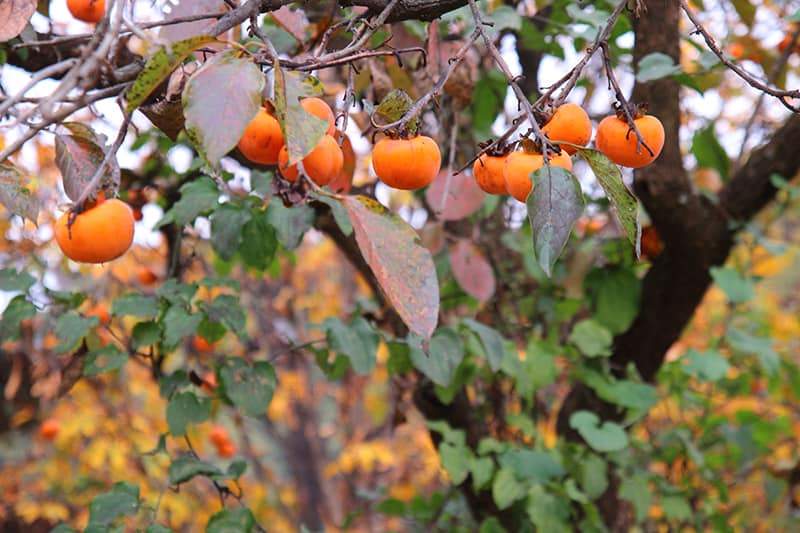- Home >
- Melon Plants
Melon Plants for Sale - Buying & Growing Guide
1 Results
Melon Plants – Buying & Growing Guide
There’s nothing quite like biting into a ripe, juicy melon that you’ve grown yourself. Shop our melon plants and earn this harvest time reward for yourself.
Types of Melon Plants
| Type | Growing Zones | Mature Height | Harvest Season | Sun | Features |
| Cantaloupe, Cucumis melo var. cantalupensis | 9-11 | 18 inches high, with a spread of up to 6 feet | August /
September |
Full sun: six or more hours daily | Spreading vine; each plant produces 4-8 melons |
| Honeydew Melon, Cucumis melo var. indorus ‘Green Flesh’ | 9-11 | 18 inches high, with a spread of 2-3 feet | August /
September |
Full sun: six or more hours daily | Plant when soil has warmed; harvest in 105-115 days |
| Watermelon, Citrullus lanatus | 8-11 | 18 inches high, with a spread of 15 feet | September | Full sun: six or more hours daily | Needs well-draining soil; likes supplemental watering; growing period of 90 days |
| Armenian Cucumber, Cucumis melo var. Flexuosus | 7-9 | 9 feet long | August/
September |
Full sun: six or more hours daily | Long, slender melons, between 1-3 feet long; tastes like cucumber |
| Galia Melon, Cucumis melo var. Reticulatus ‘Galia’ | 5-11 | 12 inches high, spread of 8 feet | August/
September |
Full sun: six or more hours daily | cantaloupe/honeydew hybrid; vines can be trellised |
| Canary Melon, Cucumis melo var. Inodorus ‘Canary’ | 9-12 | 2 feet tall, spread of 10 feet | August/
September |
Full sun: six or more hours daily | Bigger than cantaloupes; 80 days to fruiting |
| Winter Melon, Benincasa hispida | 9-11 | Up to 20 feet long | August/
September |
Full sun: six or more hours daily | Melon has a long shelf-life; may weigh up to 40 lbs.; young leaves are also edible |
| Snap Melon, Cucumis melo momordica | 9-11 | 5 feet long | August/
September |
Full sun: six or more hours daily | Can be pot-grown; sour-tasting flesh |
| Crenshaw Melon, Cucumis melo var. Inodorus ‘Crenshaw’ | 8-11 | 18 feet long | August/
September |
Full sun: six or more hours daily | Needs moist soil; melons weigh 10 lbs and are sweet; short shelf-life |
| Honey Globe Melon, Cucumis melo var. Inodorus ‘Honey Globe’ | 9-11 | 18 inches; spread of 6 feet | August/
September |
Full sun: six or more hours daily | Very sweet; can weigh up to 10 lbs |
How to Plant Melon Plants
Melons are warm-weather plants that originated in hot regions in Africa and Southwest Asia, so plant them once summer temperatures are consistently above 50 degrees Fahrenheit at night. Most melons are also moisture-lovers that thrive with regular watering.
Melons like a pH of between 6.0-6.5. A good way to ensure success with your melon plants is to add some well-rotted manure or compost to the bed the fall before you are planting them. Note that melons are actually a vine, and many of them do well on a trellis or other support structure. If not, they can take up a great deal of space in your garden.
How to Grow Melon Plants
- When. Melons should be planted when there is no possibility of nighttime frost.
- Where. Plant your melons in an open space with fertile, well-drained soil. Keep in mind that the vines can be as long as 20 feet, so plan your spacing according to the variety you are planting.
- How. Unpot your melon seedling carefully, so as not to break stem or roots. Dig a hole a little deeper than the roots are long and place your melon plant in it. Hold the seedling upright, and fill the hole back up with soil amended with compost or manure. Water thoroughly.
How to Care for Melon Plants
- Watering and nutrients. Water melon seedlings thoroughly for the first few weeks after planting. After that, they need 1-1.5 inches of water a week, either from rain or supplemental watering. Feed regularly with a slow-release balanced fertilizer, according to package directions.
- Pruning. Cut away any lateral vines that grow from the main vine, but don’t prune back the main vine unless you want to limit the number of fruit that will grow. You can also remove dead or diseased leaves as needed, as well as any fruit that is not ripening properly or is rotting.
- Pollination. Insects generally pollinate melon vines, but if you want to increase your chance of fruit, you can hand pollinate open flowers by removing a male flower, which has a stamen and rubbing it on a female flower, which will have a sticky stigma inside the flower.
- Harvesting. Melons will start ripening at various times depending on the variety you are growing. In general, you will see the most fruit in late summer/early fall. Harvest by cutting the fruit off at the stem end. You should be able to get several fruits off of each vine.




